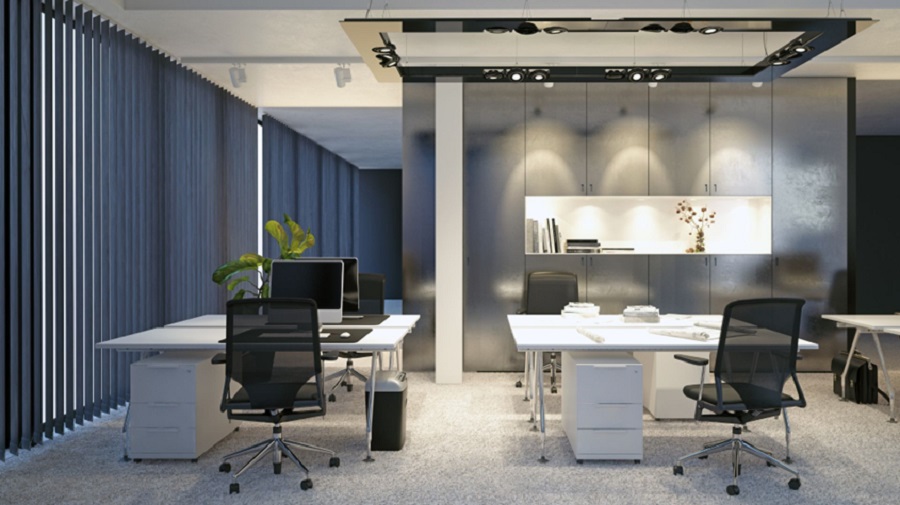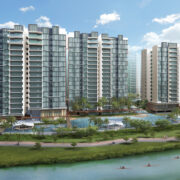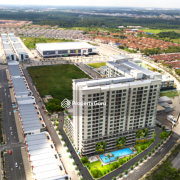Lighting plays an important role in interior design. Good lighting adds atmosphere and ambiance to a room or home, while bad lighting can leave rooms feeling dark and dreary. Lighting can also be used to highlight certain elements in a room or to draw attention away from less attractive features. In the below article, we will explore the different types of lighting and how to best use them for interior design projects.
Creating Atmosphere and Enhancing Moods
The right lighting can work wonders in setting the mood and atmosphere of a space. Soft, warm lighting is ideal for cozy, intimate settings, whereas, for corporate interior design, bright and cool lighting is more invigorating, making it an excellent choice. Thoughtfully curated lighting will not only look good but it also evokes specific emotions and feelings within the people who inhabit the space.
Highlighting and Accentuating Key Features
Strategic lighting can effectively highlight and accentuate key elements of a room, such as a beautiful piece of furniture, outstanding architectural details, or captivating artwork. By directing attention to these visual focal points, the overall design is enhanced and made more impressive.
Functionality and Practicality
Beyond aesthetics, lighting plays an essential role in the practicality and functionality of a space. In a workspace setting, task lighting provides focused illumination to facilitate productivity, while ambient lighting creates an inviting and comfortable atmosphere. Similarly, in a residential setting, customized lighting allows each room to cater to the specific needs and purposes it serves.
Choosing the Right Lighting for Your Space
When determining the lighting scheme for your space, it’s essential to consider the purpose of the room, the desired ambiance, and the overall design theme. Layered lighting options can have a considerable impact. Combining ambient, task, and accent lighting harmoniously creates a dynamic and versatile environment that can be adapted to serve different functions and moods.
Hiring a professional design team can help ensure that the lighting choices are appropriate and contribute to an optimal end result. From selecting the right lamps to finding the perfect wall fixtures, a professional can help create a dynamic lighting scheme that complements the overall design and serves all of the functional needs of the space.
So don’t underestimate the power of lighting when it comes to interior design – it’s a critical element that should not be overlooked. Additionally, you may also check out some tips for designing your restaurant interior if you are a restaurant owner. With thoughtful consideration and careful planning, you can create an inviting and impressive space that reflects your unique style.
To Sum Up
Lighting is undeniably one of the most critical elements in interior design. A well-planned and professional lighting scheme can impact and transform a space by creating a desired atmosphere, enhancing functionality, and accentuating key features. By working with experienced interior designers, your space can shine to its fullest potential, ensuring that the illumination choices help you achieve your design goals and elevate the overall ambiance of your environment.







Comments